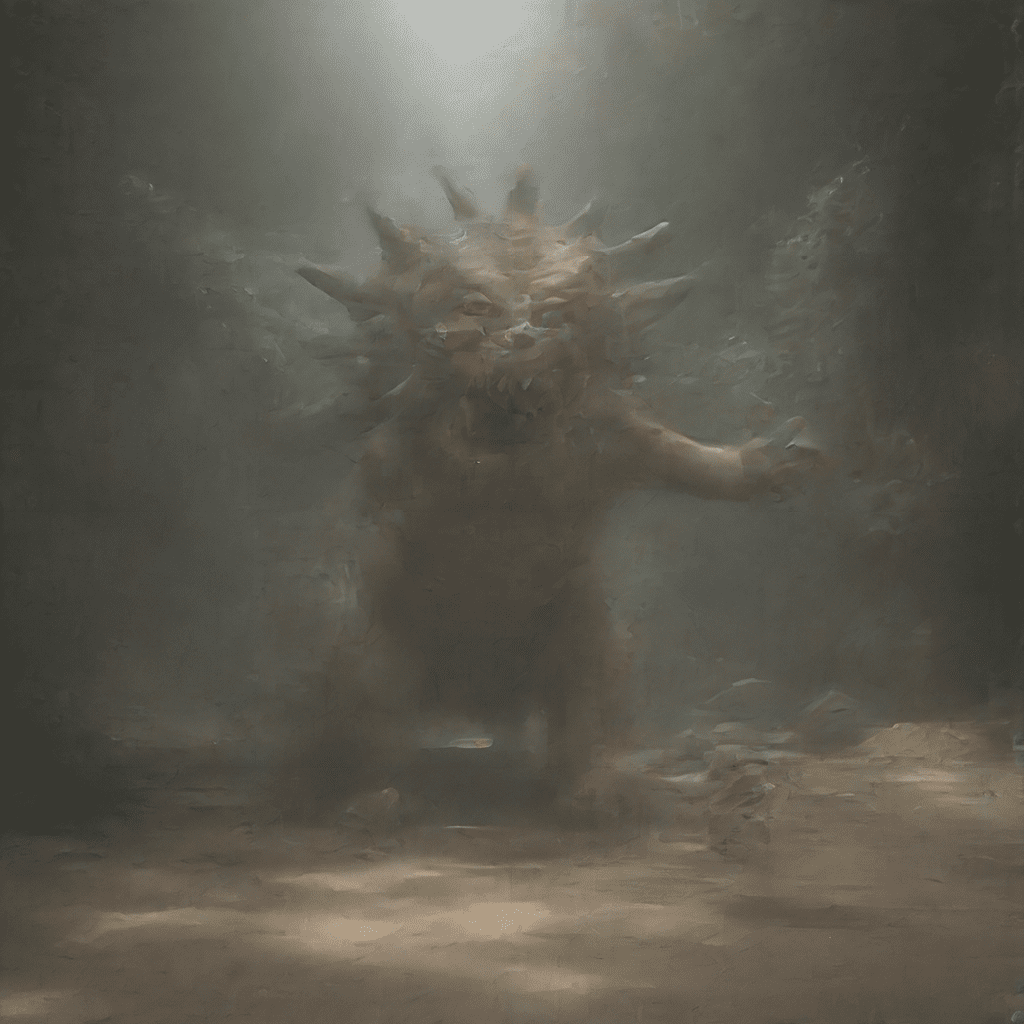The Myth of the Earth Monster: Origins of Creation in Mayan Culture
Introduction
The Maya civilization, renowned for its advanced mathematics, astronomy, and architecture, also possessed a rich and complex mythology. Their creation myths, passed down through generations, offer profound insights into their worldview and understanding of the cosmos. Among these myths, the story of the Earth Monster, also known as Cipactli, stands out as a fascinating and insightful tale that sheds light on the origins of creation in Mayan culture. This outline explores the myth of the Earth Monster, delving into its role in the four creations and its symbolic significance.
The Earth Monster: A Primordial Being
Cipactli, the Earth Monster, emerges from the primordial waters as a monstrous being. Itsの姿 is described as a grotesque amalgamation of various creatures, with a crocodile's snout, jaguar claws, and fish scales. This fearsome appearance reflects its association with the underworld, Xibalba, a realm of darkness and chaos. Despite its monstrous nature, Cipactli plays a crucial role in the creation of the world, sacrificing its own body parts to form the building blocks of existence.
The Four Creations and the Earth Monster
Mayan mythology describes four distinct creations, each marked by the intervention of the Earth Monster. In the first attempt, the gods created humans from mud, but these creations lacked intelligence and quickly dissolved. Cipactli then intervened, offering its own flesh and blood to create stronger and more enduring beings. The second creation saw the formation of wooden humans, who were too stiff and inflexible. Again, Cipactli stepped in, providing its bones to give them structure and movement. The third creation involved humans made of reeds, but they were too weak and fragile. This time, Cipactli sacrificed its hair and skin to create more resilient beings. Finally, the gods, guided by the Earth Monster's sacrifices, succeeded in creating humans from maize, a staple food source and a symbol of life.
The Significance of Earthquakes and Monsters
The Earth Monster's association with earthquakes highlights the precarious balance between creation and destruction in Mayan belief. Earthquakes, seen as manifestations of Cipactli's movements, were both feared and revered. The Earth Monster's monstrous form symbolizes the raw, untamed forces of nature that could bring about both creation and devastation. To appease the Earth Monster and mitigate its destructive power, the Maya engaged in rituals and sacrifices, seeking to maintain harmony with the natural world.
6. The Symbolic Meaning of the Earth Monster
The Earth Monster, beyond its literal interpretation, carries a rich metaphorical significance within Mayan culture. It represents the challenges and dangers inherent in the process of creation. Its monstrous form embodies the chaos and instability that precede the establishment of order and life. The Earth Monster's sacrifice, however, underscores the necessary role of destruction in paving the way for new beginnings. The myth highlights the cyclical nature of life and existence, where destruction and creation are intertwined and interdependent.
7. The Earth Monster and Human Responsibility
The myth of the Earth Monster offers valuable lessons that extend beyond the realm of ancient Mayan beliefs. It emphasizes the importance of understanding the delicate balance between creation and destruction. The destructive power of the Earth Monster serves as a reminder of the potential consequences of unchecked human actions. The myth reminds us of our responsibility to maintain harmony with the natural world and to act as responsible stewards of our environment.
8. Conclusion
The myth of the Earth Monster stands as a testament to the rich and complex mythology of the Maya civilization. It offers insights into their understanding of the origins of creation, the cyclical nature of existence, and the importance of maintaining balance between creation and destruction. The myth's enduring relevance lies in its ability to inspire reflection on our relationship with the natural world and our responsibility to act as stewards of our environment.
9. Frequently Asked Questions (FAQ)
What is the significance of the Earth Monster in Mayan culture?
The Earth Monster played a central role in Mayan creation myths, representing the primordial forces of chaos and destruction necessary for the creation of the world. Its sacrifice symbolized the essential role of destruction in paving the way for new beginnings.
How did the Earth Monster contribute to the four creations?
In each creation attempt, the Earth Monster offered its own body parts to provide the materials for the formation of humans. Its flesh and blood contributed to the first creation, its bones to the second, its hair and skin to the third, and its maize-like essence to the final and successful creation.
What can we learn from the myth of the Earth Monster?
The myth underscores the importance of understanding the balance between creation and destruction. It reminds us that even the most destructive forces can play a necessary role in the process of creation. The myth also highlights the cyclical nature of life and existence, where destruction and creation are intertwined and interdependent.
How does the myth of the Earth Monster relate to our modern world?
The myth's message of environmental responsibility remains relevant today. It reminds us of the potential consequences of unchecked human actions and the importance of acting as responsible stewards of our environment.


